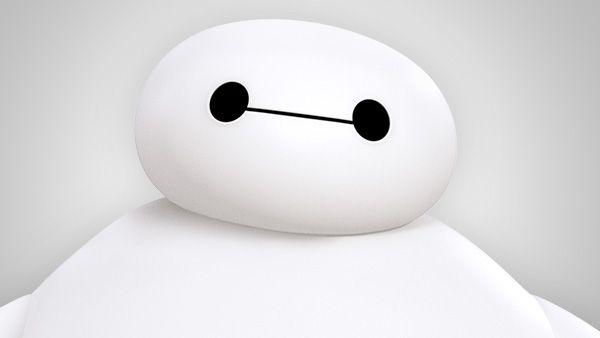Hi Sarah
I was wondering if you had tried any breathing techniques to help you with your panic attacks. Now you may be thinking “I've heard this all before” but it is really important maintain control of your breathing to help with your anxiety.
Hyperventilation is commonly associated with panic attacks. When you hyperventilate the body has too much oxygen. For the body to use this oxygen it needs a certain amount of carbon dioxide. By hyperventilating you do not give the body enough time to use the oxygen it has. This then makes you feel like there isn't enough air in the body when there is actually too much. The result of this chemical imbalance is the symptoms you get with hyperventilation such as feeling light headed, dizzy, chest pain and shortness of breath. This irregular breathing also requires the body to use more energy so other symptoms would be tiredness and fatigue.
However if we continue to breathe incorrectly, the levels of carbon dioxide in the body stay low and it encourages us to breathe faster. This is when this irregular breathing can become a bad habit and we are unaware that this is the cause of some of our symptoms. If anxiety and stress start to become a bad habit the body will become more sensitized and will be triggered more easily to panic.
The deep breathing technique:
When you breathe using the chest rather than the diaphragm the breath you take is very shallow. During a panic attack especially breathing using the chest creates some of the symptoms associated with panic attacks and anxiety related problems. When the chest muscles are tightened you feel light headed and dizzy as shallow breathing can produce similar feeling as hyperventilation.
The deep breathing exercise can help make use of the diaphragm when breathing as the diaphragm is the most efficient muscle of breathing.
1. To start off place one hand on your chest and place the other just below the ribcage .Your hands will indicate to you which part of your body and what muscles you are using to breathe. This can be done either lying down or sitting upright.
2. Gently breathe out through the mouth. As you exhale relax the shoulders and muscles of the upper body. The point of this is not to empty the lungs but to relax the muscles of your upper body.
3. Close your mouth and rest for a couple of seconds.
4. With your mouth closed inhale slowly through your nose by pushing your stomach out. The hand on your chest should remain as still as possible.
5. Pause briefly for whatever time you feel comfortable. However, just remember that by breathing this way, you are taking larger breaths than you are used to. For this reason, it's necessary to breathe more slowly than you're used to. 6. Open your mouth. Exhale through your mouth by pulling your belly in.
7. Pause then repeat.
At first, practice doing this exercise for 5-10 minutes about 3-4 times per day. Slowly increase the amount of time you spend doing this exercise.
I hope this helps you in some way.





 Reply With Quote
Reply With Quote
